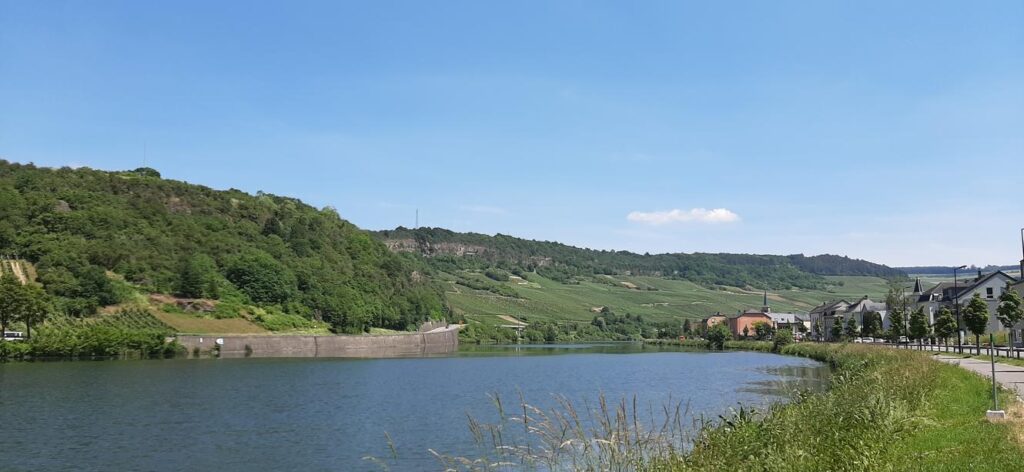There are many situations in which the right thing to do doesn’t have a unique answer.
Two or more professionals will look at the same task and come to a very different conclusion as to what is the right thing to do. They all will have excellent arguments to explain why their solution is the right one.
It’s a situation a lot of leaders dread. Whenever this is the case, it’s because what they see is a choice between alternatives and people. Making that choice means for them to end up with one person being happy and the other one being unhappy. Sharing arguments beforehand the team members entered a competition for the best solution. What they are looking for is a recognition of their competence.
Solving this situation requires at least two things. One is to move out of the competition and the other is to determine if any of the given solutions correspond to what the organization is trying to achieve.
A task is only one step within a process that is leading to the desired outcome. Knowing what the process is for shapes how all the team members will choose to handle the task they are working on. It is the context they use to decide how to do their work. It is by taking it into account that they can work together and determine a choice that contributes to delivering the best possible service.
By adding the organizational and “what’s it for” dimension to doing one’s work the team members can shift their focus away from who is the most competent to how they can achieve the desired outcome.
Where a process may describe the list of tasks to be done to achieve a result, it is also a representation of the story people tell themselves about the work they do.
For some it is a checklist, for others, it is what they contribute to. Leaders help shape that story.

